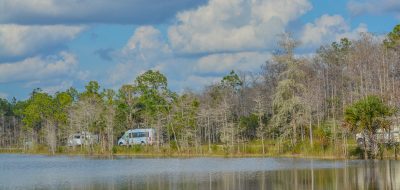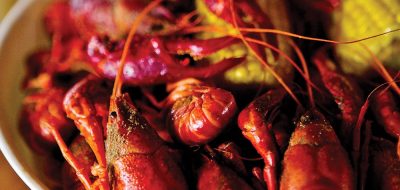As one of the oldest surviving towns in Louisiana, St. Martinville retains many buildings and homes reflecting the beautiful architecture of days gone by.

Saint Martin of Tours Roman Catholic Church, founded 1765, Mother Church of the Acadians. © Rex Vogel, all rights reserved
St. Martinville has become symbolic of the Acadian legacy, holding sacred the history and legends of the Acadian people who settled in Louisiana.
Bayou Teche, a waterway in south central Louisiana, meanders through St. Martinville, where birds wade among cattails, streets are shaded by century-old mossy oaks, and people enjoy fishing, picnics in the parks, and visits to historic museums.
The St. Martinville people are descendants of Beausoleil Broussard, an Acadian hero from the 1700s, and Bienvenu and the Duchamp families of French royalty, who fled revolution. Descendants from Senegal also share life in St. Martinville, and many residents still speak French.
These diverse ethnic groups host fun-loving Louisiana festivals: Boucherie, Mardi Gras, Pepper Festival, St. Lucy Festival of Lights, and Okra and Acadian Memorial Festival/ Promenade on the Square.
Longfellow-Evangeline State Historic Site
Longfellow-Evangeline State Historic Site explores the cultural interplay among the diverse peoples along the famed Bayou Teche. Acadians and Creoles, Indians and Africans, Frenchmen and Spaniards, slaves and free people of color-all contributed to the historical tradition of cultural diversity in the Teche region. French became the predominant language, and it remains very strong in the region today.
Henry Wadsworth Longfellow’s 1847 epic poem Evangeline made people around the world more aware of the 1755 expulsion of the Acadians from Nova Scotia and their subsequent arrival in Louisiana. In this area, the story was also made popular by a local novel based on Longfellow’s poem, Acadian Reminiscences: The True Story of Evangeline, written by Judge Felix Voorhies in 1907.
Once part of the hunting grounds of the Attakapas Indians, this site became part of a royal French land grant first used as a vacherie, or cattle ranch. The first Acadians to settle in Louisiana established themselves here, on the banks of Bayous Teche and Tortue, on the edges of this vacherie.
When the grant was sold and subdivided, this section was developed as an indigo plantation. In the early 1800s, Pierre Olivier Duclozel de Vezin, a wealthy Creole, acquired this property to raise cotton, cattle, and eventually, sugarcane.
He built the Maison Olivier, the circa 1815 plantation house which is the central feature of Longfellow-Evangeline State Historic Site. His son, Charles, made improvements to the home in the 1840s. The structure is an excellent example of a Raised Creole Cottage, a simple and distinctive architectural form which shows a mixture of Creole, Caribbean, and French influences.
A reproduction Acadian Farmstead is situated along the bank of Bayou Teche. The Farmstead is an example of how a typical single-family farm would have appeared around 1800. The site includes the family home with an outdoor kitchen and bread oven, slave quarters and a barn. In the pasture located adjacent to the barn, there are cattle typical of those raised by the Creoles and Acadians at that time.
In 1934, the property became the first park of the Louisiana State Parks system. In 1974, Maison Olivier was designated a National Historic Landmark.

Maison Olivier, the circa 1815 plantation house, is the central feature of Longfellow-Evangeline State Historic Site. The structure is an excellent example of a Raised Creole Cottage, a simple and distinctive architectural form which shows a mixture of Creole, Caribbean, and French influences. © Rex Vogel, all rights reserved
Details
Location: LA 31 in St. Martinville, 30 minutes southeast of Lafayette
Address: 1200 N. Main Street, St. Martinville, LA 70582
Phone: (337) 394-3754 or (888) 677-2900 (toll free)
Hours of Operation: 9:00 a.m.-5:00 p.m., Tuesday through Saturday
Entrance Fees: $4 per person; FREE for seniors (62 and over) and for children age 12 and under
Website: www.crt.state.la.us/parks/ilongfell
Please Note: This is part of an on-going series on Louisiana Cuisine/Travel Ideas
Worth Pondering…
Jambalaya
Thibodeaux, Fontainbleau, the place is buzzin
Kinfolk come to see Yvonne by the dozen
Dress in style, go hog wild, me oh my oh
Son of a gun, well have big fun on the bayou.
—Hank Williams, Sr.
You May Also Like
- Safari Condo Introduces Teardrop with Retractable Roof
- Winnebago Offers FREE Factory Tours
- GRAND Gathering Achieves Guinness World Record for Largest Human Q
- Backing Up Digital Photos
- State Parks Impact Alabama’s Economy
If you enjoy these articles and want to read more on RV travels and lifestyle, visit my website: Vogel Talks RVing.






